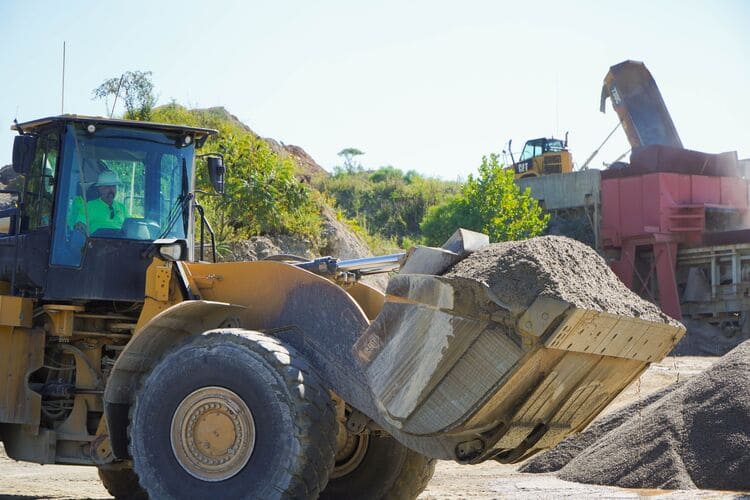The construction industry is always making advancements in building techniques, as new materials and methods are discovered and utilized. Over the years, traditional methods have given way to more modern approaches that offer increased efficiency and sustainability.
The choice between traditional and modern building techniques plays a significant role in determining project outcomes, for residential homes, commercial buildings, and infrastructure projects alike.
What are traditional construction techniques?
Traditional construction techniques have been around for a very long time, and they’ve long been the cornerstone of the construction industry. They involve labor-intensive processes that skilled craftsmen typically perform manually.
Because the majority of the work is being performed manually, traditional construction projects often have longer timelines. Additionally, once a project is underway, it can be much more difficult for changes or modifications to be added to the process.
Traditional construction methods do allow for a wide variety of materials, which means potentially reduced material costs. This is because traditional craftsmen had to work with the materials that were available to them.
Examples of traditional construction
People have been constructing structures for shelter for millennia, so there are countless regionally-specific construction techniques around the globe.
A few examples include adobe construction, which involves utilizing sun-dried bricks made from clay, sand, and straw, combined with mud mortar, to create solid walls. These structures are common in the American Southwest, South America, Africa, and more.
Post and beam construction, and half-timbering, are also examples of traditional construction methods. These methods have been around for thousands of years and can lend a historical, authentic look to a building while boasting superior craftsmanship.

What are some of the advantages of traditional construction?
Traditional construction techniques more often involve intricate details and custom craftsmanship, which adds unique character to structures and keeps new construction projects unique. Plus, the use of locally available materials means that traditionally-constructed buildings blend into their surroundings more seamlessly.
What are some of the disadvantages of traditional construction?
Because traditional construction is reliant on manual labor and skilled craftsmen, the process can be more expensive and take longer to complete.
Additionally, because many traditional construction techniques use locally-available materials, the process might not be sustainable– depending on the renewability of the materials in question.
What are some advantages of modern construction techniques?
Modern construction techniques are available to us thanks to advancements in technology and automation. These advancements can serve to streamline the construction process and optimize the utilization of resources.
Prefabrication is a key example of a modern construction technique. When components are manufactured off-site, in controlled environments, it reduces construction time and material waste.
Automation is also an incredibly useful tool in modern construction. Using automation for tasks like material handling, concrete pouring, or bricklaying can speed up these processes and free up labor to allow projects to be completed more quickly.
Plus, while technological advancements can lead to higher up-front costs, modern techniques allow builders to be more conservative with materials and labor, ultimately reducing the cost of a project.

Which method is better?
The choice between utilizing modern and traditional construction techniques is dependent on project goals, timelines, and budgets. Both have pros and cons– a traditional approach may lead to a structure with more character, but a modern approach might get that structure done more quickly and efficiently.
At Redstone, we strive to take a balanced approach when it comes to construction. We know that harnessing the strength of both sides leads to higher employment rates and happier customers. If you’re interested in starting a career in the construction industry, check out our careers page today!


Recent Comments